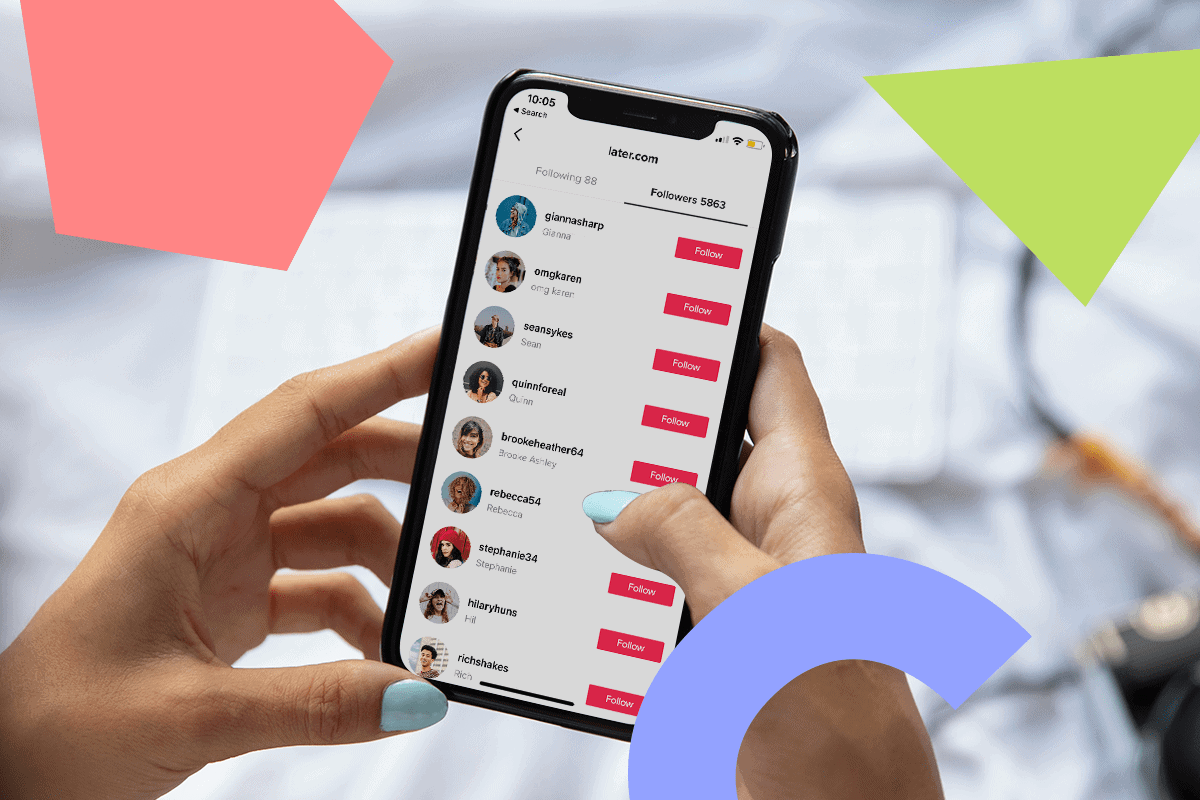
The rapid spread of the novel coronavirus across the world during the first half of 2020 caused major changes to the way that we live and work. Entire industries were brought to a standstill and companies big and small had to radically rethink their business models in order to survive, doing everything from pivoting their service offering to use professional translation to raise awareness of their brand.
Translation services – the key to beating Coronavirus?
Companies around the globe have gone online to find ways to weather the COVID-19 storm. From local garden centers to bakeries, businesses that once barely had an online presence have suddenly found themselves using social media to sell their wares and to connect with new customers. Larger, multinational companies, meanwhile, have been thinking carefully about how they engage with their customers overseas, with many relying on translation services to swiftly adapt their approach. Localization services have also come to the fore, helping many companies to settle quickly and smoothly into international marketplaces.
The way that we go about marketing (whether in translation or just one language), has certainly been impacted by the COVID-19 pandemic, and rightly so. After all, people are living and working differently now. Different things have become important to them. This has disrupted previously tried and tested marketing campaigns across all manner of industries.
What we can learn about marketing from the pandemic, though, is how infinitely adaptable and changeable it can be. In the last few weeks, companies of all shapes and sizes have been reaching out in different ways through social media, through television and through every form of advertising in between in order to maintain their brand presence as the world continues to change.
At the same time, we’ve seen that the fundamentals of marketing have not changed. It’s still essential to know your target market and demonstrate the benefits that your product/service will provide them with. Clear, resonant calls to action are also still essential. While the content of marketing campaigns may be scrambling to keep up with the pandemic, the basis of the process remains sound. This applies both to companies selling their products locally and to those using translation services to market their goods internationally.
Using localization services to deliver virtual experiences
The COVID-19 outbreak has increased the number of people working remotely around the world enormously, resulting in big jumps in digital activity. Nor is it just those working from home who are going online more. With people unable to go out, the internet has provided a means of escape and connection like never before.
From children having their birthday parties online to companies live-streaming weddings and funerals, our experiences have become more virtual in 2020 than anyone would have imagined. It is something that marketers are having to take in their stride in order to keep up with the impact of the pandemic. Viral marketing and the delivery of virtual experiences have rarely (if ever) held so much potential for so many businesses.
The key to delivering successful virtual experiences is localization. What is the concept of localization? It’s molding the content/goods/services that you provide in order to fit with the cultural nuances of your target audience. That means using local knowledge of your customers to ensure that your marketing campaigns really speak to them.
Why language barriers are crumbling and will no longer separate us
Language – and its emotive power – has always been of crucial importance to marketing campaigns. It requires particular attention when a marketing campaign is intended for translation and localization for an overseas audience.
With so many companies now focusing on online experiences, many marketers are seeking to use translation to build panlingual websites, where they can present information in all languages.
While this may sound like the kind of approach that only huge multinationals can afford, smaller businesses can still use translation services in innovative ways to engage with new audiences. There are plenty of translation tools out there to help design websites in multiple languages, with both automated translation and professional human translation options available.
This puts companies of all sizes in a strong position when it comes to using translation to overcome language barriers. What are examples of language barriers? Well, they can be both international and domestic, particularly in countries where significant proportions of citizenship speak different languages. Ultimately, a language barrier arises where the use of one language prevents a company from connecting with customers who speak a different language (without a translation or interpretation service sitting between the two).
The availability of automated translation on social media sites can help to overcome these barriers, though the quality of such translations is not always reliable. For companies looking to undertake panlingual social media campaigns, the human element of the translation process remains critical. Humans still have the edge over machines when it comes to providing translation services.
Translating ‘Normal’ into ‘New Normal’
It’s not very realistic to expect that our world will return to the pre-pandemic version of normal any time soon. There has been too much disruption and too much fear. As such, businesses and customers alike must begin to focus on the ‘new normal’ that awaits us. While nobody knows for sure what this will entail, it’s fair to say that many companies (and many employees) will see the benefits of continued remote working arrangements.
Online shopping is another area that stands to enjoy longer-term benefits as a result of the pandemic, with many people trying it for the first time in recent weeks and months. Some of those customers are bound to stick with their new shopping habits once the world returns to ‘normal,’ meaning that there’s a significant opportunity here for brands who get their marketing messages right.
Innovation and translation – is there a silver lining in the clouds of the global pandemic?
If there is a silver lining in the pandemic, then perhaps it is the level of innovation that it has given rise to. Businesses that were never designed to facilitate home working have managed to make doing so possible. Companies whose services have stalled have used translation to help things pick up again. Everywhere, businesses have had to think in new ways about the services that they provide and how they do so. For many, translation and localization services have played an important role in this process.
Marketing and translation aside, perhaps one other silver lining is the benefit to the environment that the global pandemic has had. Many companies have discovered that face-to-face meetings are both expensive (compared to online meetings) and involve a whole load of unnecessary travel. Marketing summits and strategy meetings no longer need be in person; as humanity struggles, the planet, at least, can breathe a sigh of relief.




